

Update: This article was last updated on 4th March 2025 to reflect the accuracy and up-to-date information on the page.
Learning can be a very enriching activity for kids, but learning methods traditionally used are usually not as engaging and exciting as required to interest them.
In a technologically advanced world and entertainment-friendly world, it is important to present innovative concepts for students, innovation for kids, and innovation concepts for students to keep them interested and motivated.
By combining innovation for children and easy innovative concepts for pupils, we can improve the learning process to be more engaging and fun.
Adopting technological innovative ideas for students and education innovative ideas guarantees that kids access contemporary developments.
With new ideas for education and innovation activities for children, we can instill creativity and curiosity and thus learn better and have more fun.
Encouraging an innovative for kids approach helps children develop essential skills for the future.
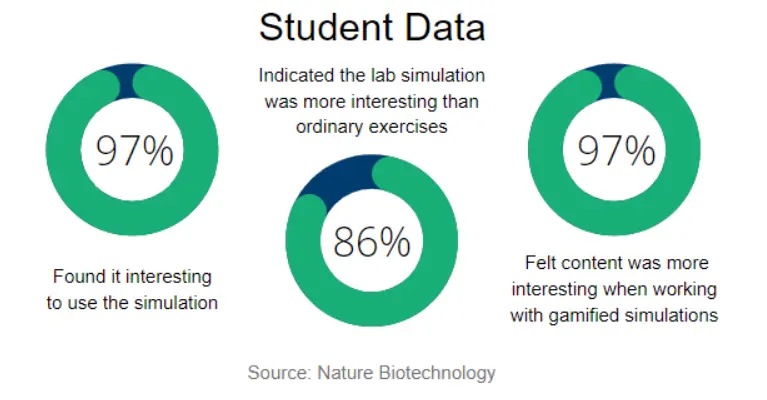
7 Innovative Ideas for Kids
| Sn.No | Invention Idea | Materials Needed | Procedure |
|---|---|---|---|
| 1 | Balloon Powered Car | - Big-sized balloon - Wooden skewers - Drinking straws - Stiff cardboard sheet - Nail and hammer - Bottle caps - Masking tape - Small rubber bands |
1. Cut cardboard into car shape. 2. Attach skewers for axles. 3. Insert straws as wheel axles. 4. Poke holes in bottle caps. 5. Attach wheels with skewers. 6. Secure the balloon to the straw. 7. Inflate balloon and release. |
| 2 | Stethoscope | - Two funnels - Cardboard tube/plastic tube - Balloon - Duct tape |
1. Insert funnels into tube. 2. Stretch balloon over one funnel. 3. Secure balloon with duct tape. 4. Decorate. 5. Use as a stethoscope. |
| 3 | Clear Bottle Ocean | - Clear water bottle - Water - Blue food coloring - Funnel - Baby/mineral oil - Glitter - Seashells - Beach sand - Plastic sea animals |
1. Remove labels from bottle. 2. Fill with water and add food coloring. 3. Fill with mineral oil. 4. Add sand, seashells, and plastic animals. 5. Close and shake. |
| 4 | Water-Glass Xylophone | - Six to eight identical glass bottles - Water - Food coloring - Plastic/metal spoons |
1. Fill bottles with water at different levels. 2. Add food coloring. 3. Tap bottles with spoons to create music. |
| 5 | Smartphone Projector | - Cardboard box - Clear tape - Hobby store magnifying glass or camera lens - Smartphone |
1. Cut out box lid. 2. Cut hole for lens. 3. Secure lens with tape. 4. Create base from cardboard lid. 5. Mount phone facing lens. 6. Project image on wall. |
| 6 | Egg Drop Container | - Plastic jar - Bubble wrap/cotton roll/styrofoam/soft foam - Cardboard box - Tape - Scissors - Rubber bands |
1. Securely pack egg inside plastic jar. 2. Create contraption using materials. 3. Use rubber bands as bungee cords. 4. Drop from balcony. |
| 7 | Castle Lantern | - Cardboard sheet - Scissors - Paper glue - LED Votive - Butter paper - Colors |
1. Draw and color castle on cardboard. 2. Cut out windows and doors. 3. Glue butter paper behind cutouts. 4. Fold into 3D model. 5. Place LED votive inside. |
Ways to make learning enjoyable
Today, thanks to advanced technology, we have a variety of tools available to make learning interesting, easier, and stress-free.
We have listed some of them below:
Moonpreneur
1. Virtual Reality Learning
Virtual reality (VR) is an immersive technology that can take children to a new world of learning, where children can explore historical events, witness scientific phenomena, and even participate in simulations of real-world situations. An example is Google Expeditions, a free program that offers VR experiences for many subjects and even lets teachers design their own expeditions. By viewing, listening, and engaging with the content, children are more apt to remember what they‘ve learned and remain interested in learning.
VR is a revolutionary concept for students that promotes innovation for children by making learning interactive. It presents innovation concepts for students and inspires innovation for children through interactive experiences. Simple innovation concepts for students, such as VR-based simulations, improve engagement. Innovation concepts in technology for students aid in the understanding of intricate concepts, and VR is therefore among the greatest education innovation concepts. It supports innovative education concepts by providing interactive learning experiences. Schools may also integrate innovation activities for children to keep learning exciting and interesting. In general, VR is very innovative for children, making learning an adventure.
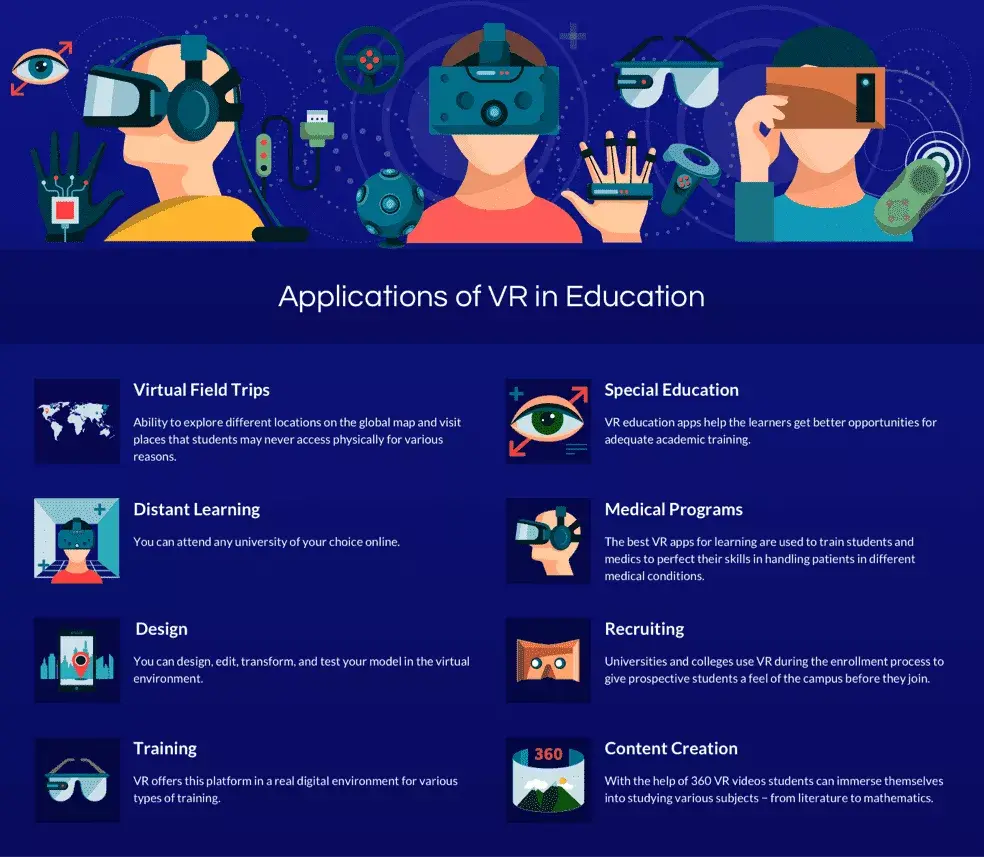
Source: Litslink
2. Gamification of Learning
Gamification refers to the application of game design elements in non-game environments, including education. Teachers can make learning more enjoyable and rewarding for children by integrating game mechanics into learning.
Based on a study, students who engaged in gamified learning possessed greater average points, badges, and logins scores and exhibited higher accuracy compared to students who did not. Among the many approaches to gamified learning, the following are the most efficient.
Minecraft’s Education Edition is an excellent method of gamifying learning. Students learn science, history, and even computer programming while gaming. It also provides a safe environment for students to experiment and make mistakes without worrying about failure. So, learning becomes more fun when it is converted into a game! This is also consistent with innovative ideas for students, innovation for kids, and innovation ideas for students by incorporating creativity in learning.
Furthermore, innovation for children, easy innovative ideas for students, and innovative technology ideas for students enhance learning and make it more interactive. By integrating education innovation ideas, innovative education ideas, and kids’ innovation activities, students connect with the subject matter more meaningfully. This game-based process is really innovative for children!
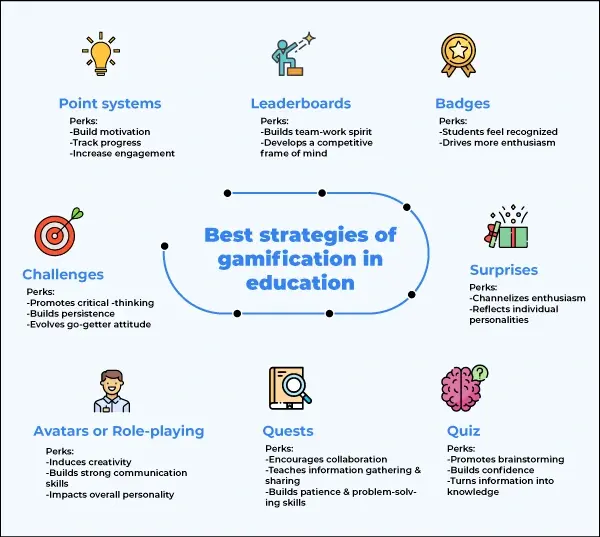
Source: Pickcel
3. Project-Based Learning
Project-based learning is about learning by doing. It encourages children to learn through hands-on projects centered around real-world problems. It gives students the freedom to choose their own topics, take ownership of their learning, and develop critical thinking and problem-solving skills, as well as teamwork and collaboration skills.
Innovative concepts for students enable them to investigate new ideas in a creative manner, while innovation for kids enables curiosity and experimentation. It aids in enabling learners to participate in innovation ideas for students that are meant to encourage application and learning by doing. Innovation for children plays a major role in acquiring a growth mentality, and even small innovative ideas for students will help stimulate creativeness.
These are the highest advantages of project-based learning and how it has the ability to revolutionize student learning and development. New technology ideas for students further increase their capacity to deal with real-world problems with the help of the latest tools, and innovative ideas for education encourage an interesting and active learning process. Innovative ideas for education ensure students are motivated, and innovation ideas for children bring fun and excitement to learning. Innovative for children is all about developing young minds to think creatively and come up with innovative solutions.
As a whole, it’s an influential pedagogic aid that has the potential to cultivate a passion for learning and love of discovery among students that can last them forever.
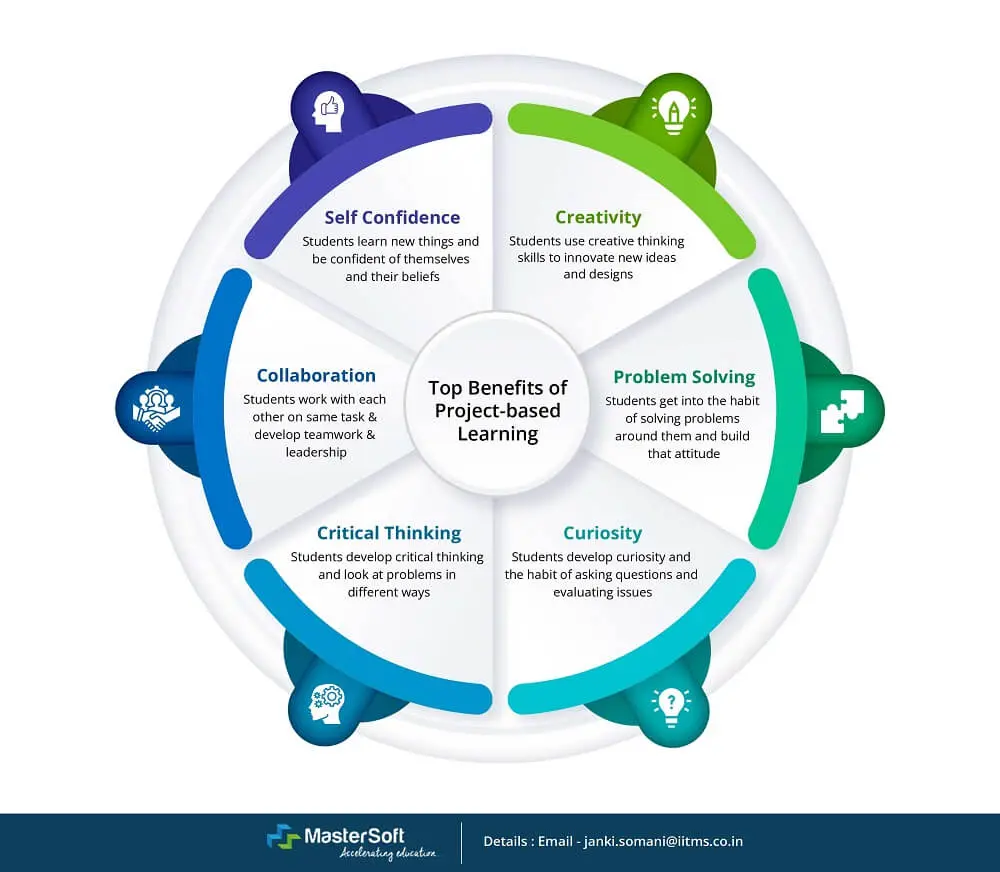
4. Collaborative Learning
Collaborative learning is an active methodology of teaching wherein students engage themselves in a common goal with mutual cooperation in a group setup. It compels children to exchange their information and ideas and benefit from other strengths and weaknesses as well. Innovation for kids and innovation concepts for students are key to this process, as they foster creativity and problem-solving skills.
Studies have found that educational experiences that are active, social, contextual, engaging, and student-owned promote deeper learning. Education innovation concepts like the Jigsaw Approach are excellent examples of this type of education where students learn through small group collaboration and becoming experts on a specific subject, then teaching the rest of the class what they learned. This way, they can gain confidence and self-esteem as children learn to encourage and support one another.
Easy innovative ideas for students, such as innovation activities for children, promote cooperation and critical thinking, which enhances learning to be more interesting and efficient. Innovative for children means offering opportunities to encourage curiosity, and innovative technology ideas for students can improve learning experiences through technology tools and interactive platforms.
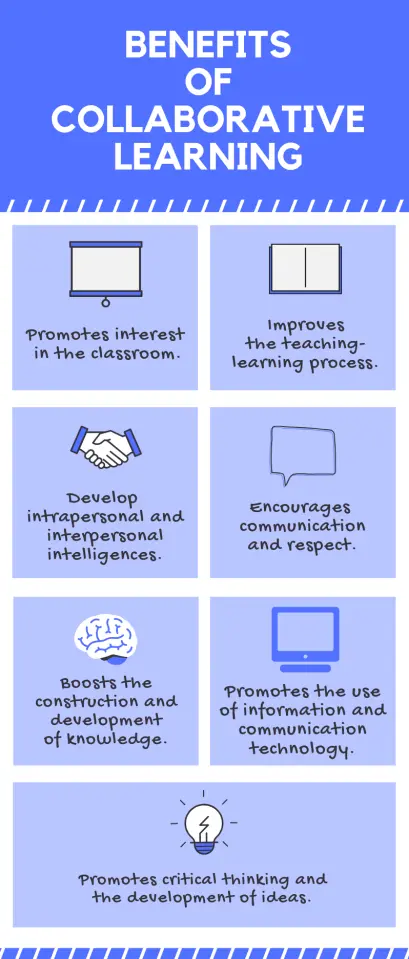
Source: learning bp
5. Experiential Learning
is learning by experience and reflection. Children can experiment, explore, and learn from their own experience. It enables children to grasp intricate concepts and ideas through being able to see them working. Children’s innovation is vital in this regard, as it generates inventive thinking and problem-solving. Children can have an insatiable hunger for knowledge and lifelong appreciation of learning if they engage in their learning process actively through innovative ideas for students that make learning exciting.
Service learning, student teaching, role-play simulations, cooperative education, and internships are some of the experiential education that provide opportunities for more than just skill acquisition; they also provide an opportunity to go on thrilling adventures. Through them, students can immerse themselves in actual life situations and acquire skills that cannot be acquired through learning in classrooms. The inclusion of easy innovative ideas for students and education innovation ideas in such activities ensures that students remain engaged and interested in learning.
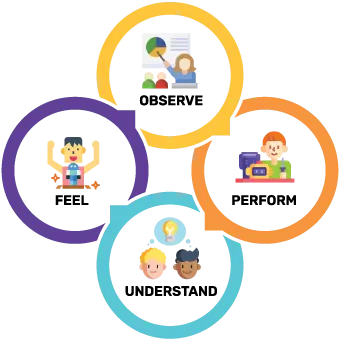
In summary, innovative education concepts and innovation activities for children enhance learning, which opens up a child’s potential and motivates them to become lifelong learners. Children are able to express their imagination and creativity while developing critical skills and knowledge. Why settle for dry lectures and dull textbooks when you can have an adventure-packed learning experience? Innovation for children is the secret to fun and effective learning. Let’s break the mold and have fun with learning for kids!
Moonpreneur is committed to revolutionizing conventional education and future-proofing the next generation with integrated learning solutions. Its Innovator Program is creating tomorrow’s workforce by educating students in AI/ML, Robotics, Coding, IoT, and Apps, empowering entrepreneurship through experiential learning.
Frequently Asked Questions
A: Attempt to create a volcano, construct a simple robot, or conduct cool science experiments using stuff you have at home in the kitchen.
A: Offer them toys with minimal rules, allow them to draw and create things, or pretend-play stories to activate their imagination.
A: Look at games such as Scratch or websites like Code.org; they make learning how to code enjoyable and are ideal for various ages.
A: Attempt to do projects such as creating art out of recycled material, growing a small garden, or taking walks in nature and learning about the care of our world.
A: Use apps and websites that make learning fun, but mix it up with activities like drawing, reading, or playing outside to keep things balanced.
A: Try stargazing with a telescope or binoculars, making a DIY solar system model, or watching kid-friendly space documentaries to spark their curiosity.
A: Provide them with materials found around the house to create innovative projects, challenge them to come up with their own solutions to everyday problems, and expose them to biographies of great inventors.
A: Employ counting blocks, play number board games, or bake with your child to make measurements and fractions fun.
A: Attempt storytelling, dress up in historical attire, go to museums, or make easy history crafts to make the past come alive.
A: Create a homemade lava lamp using oil and water, produce a rainbow in a glass of water and sunlight, or experiment with what floats and sinks in a bowl of water.





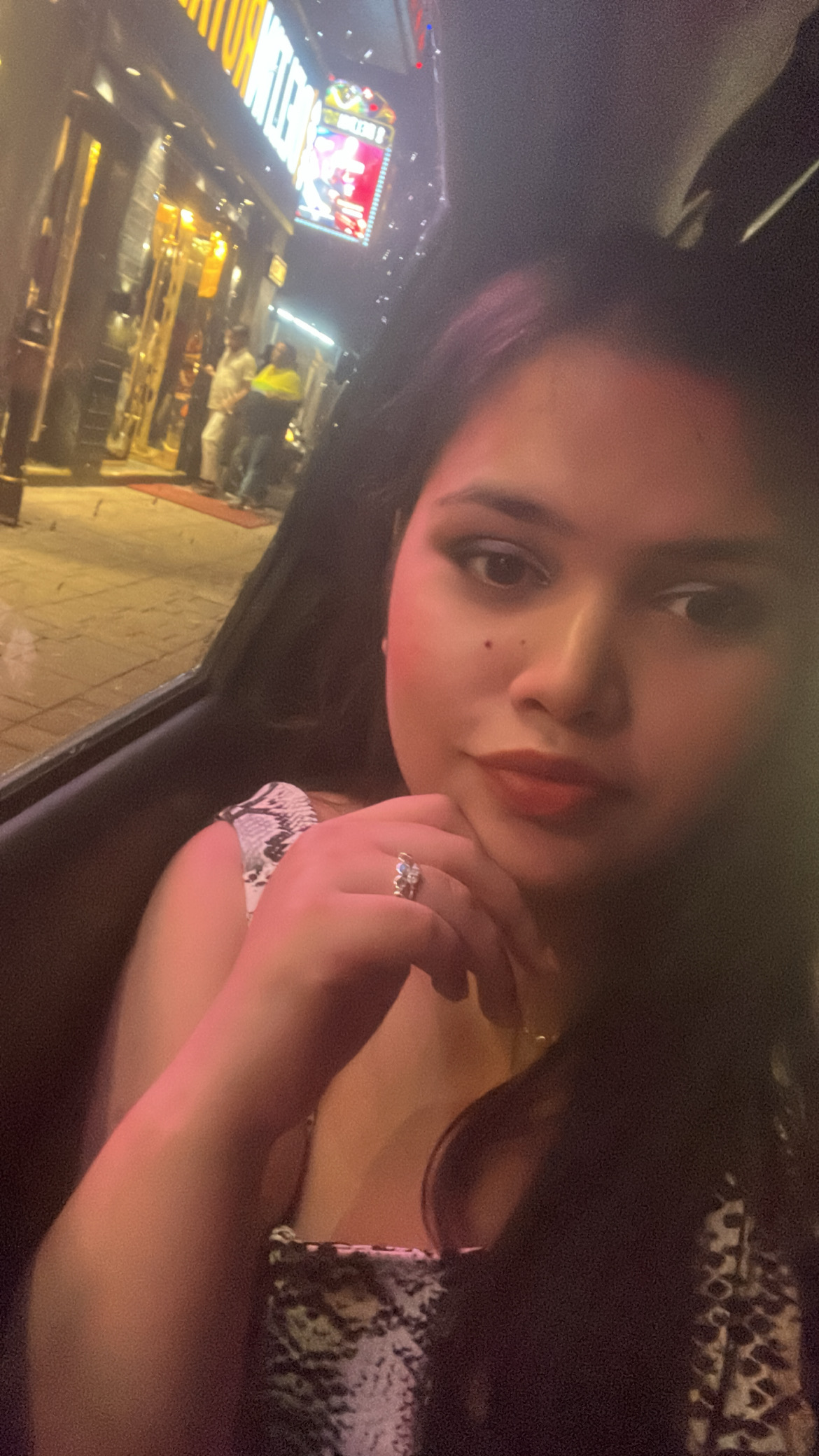





















Does incorporating play and creativity into learning can benefit a child’s overall development?
Incorporating play and creativity into learning fosters a love for exploration and discovery. It enhances problem-solving skills, boosts imagination, and promotes social interaction. This holistic approach cultivates confidence and a lifelong passion for learning.
Suggest some additional creative approaches to make learning more engaging and enjoyable for kids?
Utilize educational games, interactive simulations, and hands-on experiments. Encourage open-ended projects, incorporate multimedia resources, and connect lessons to real-world applications. Foster curiosity and allow for student-led exploration to spark a love for learning.